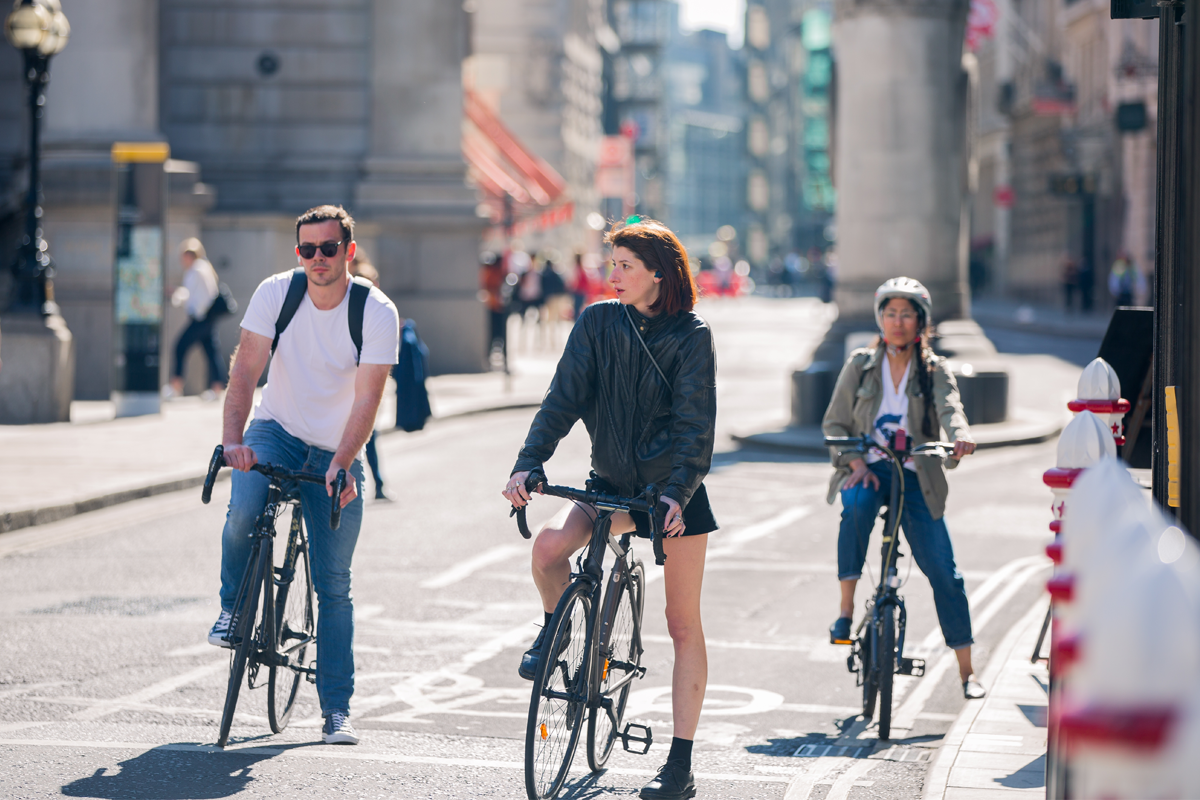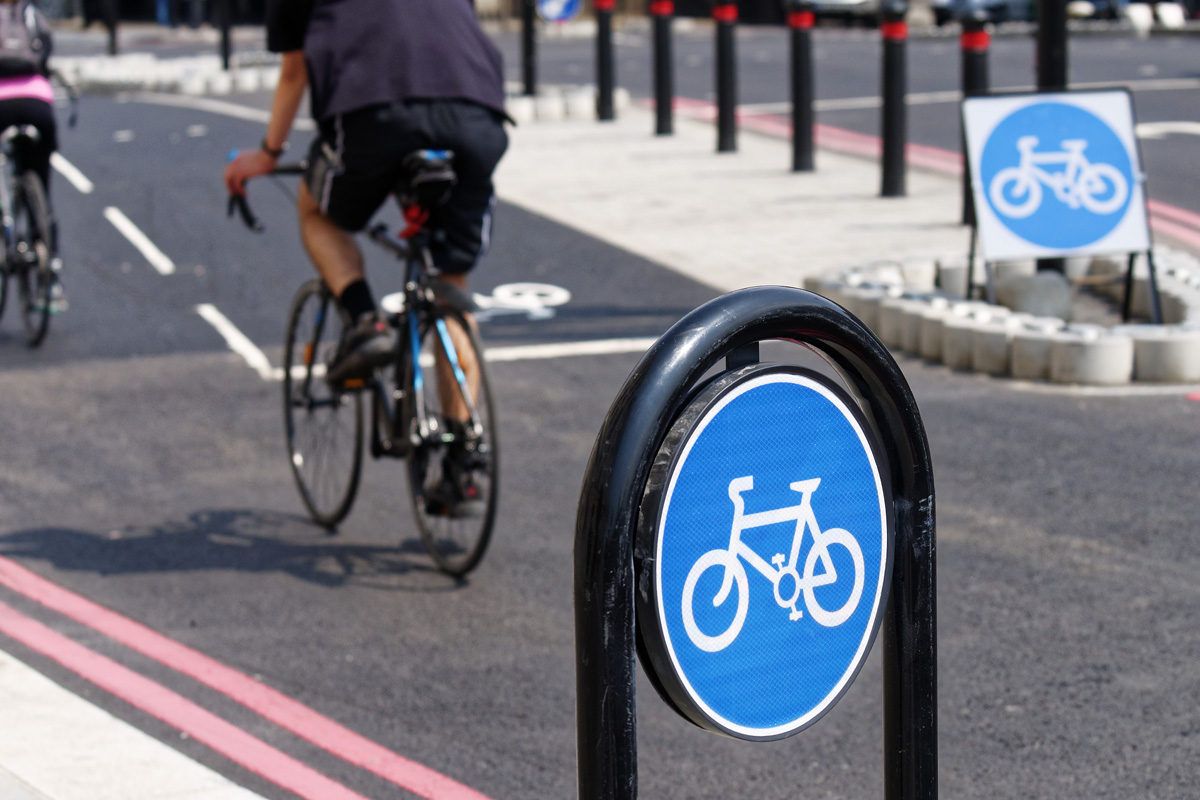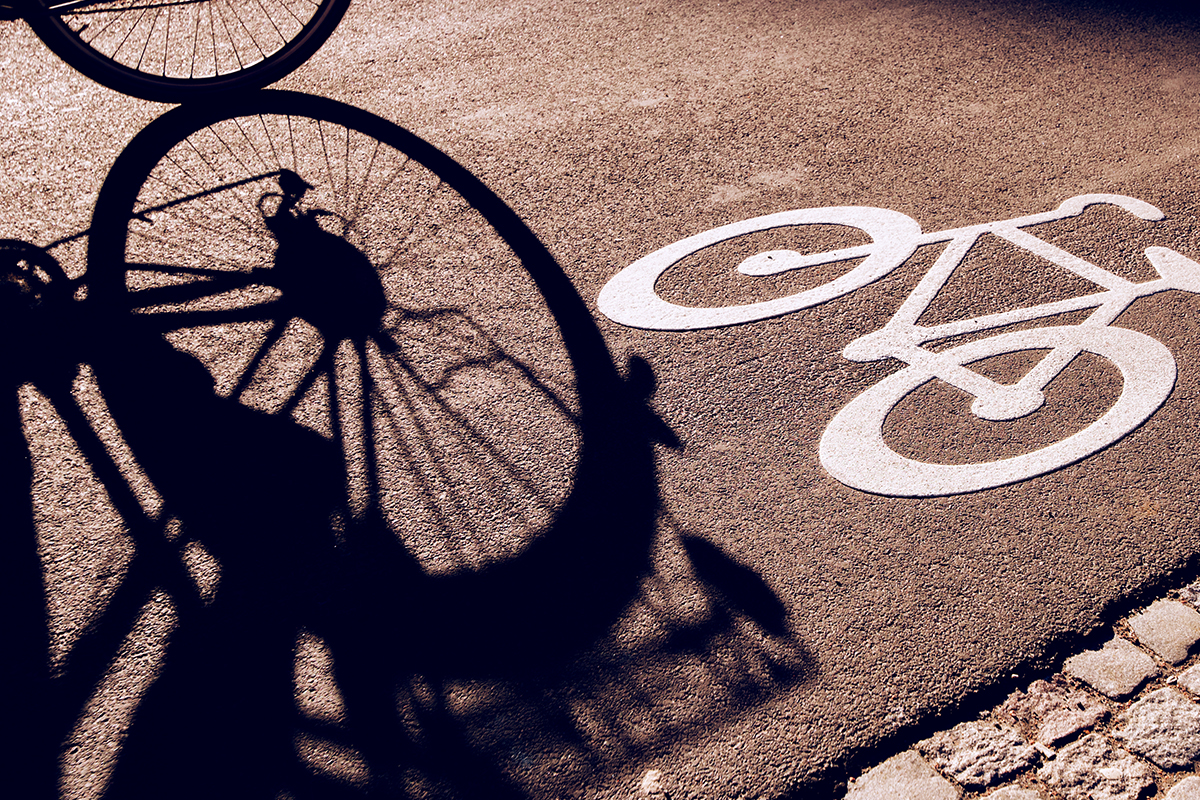Promoting Active Travel: Walking and Cycling Planning Strategies
20 July 2023

In an era where sustainable and healthy transportation alternatives are gaining momentum, active travel modes like walking and cycling are being recognised as crucial components of urban and rural planning. By promoting and prioritising walking and cycling, communities can reduce congestion, improve air quality, enhance public health, and create more vibrant and liveable spaces.
On the 1st June, Active Travel England became a statutory consultee on all planning applications of 150 dwellings or more, mixed-use or commercial developments with a floor space of 7,500sq.m or more or where the overall area of the development is 5 hectares or more. The upcoming change in legislation will mean that developers will need to ensure that their development prioritises active travel inside and out.
How can we promote active travel and create environments that encourage walking and cycling?
There are a number of ways engineers, councils and developers can contribute to the promotion of active travel from cycle networks, to suitable infrastructure and transport planning.
Developing Pedestrian-Friendly Infrastructure
One of the primary requirements for promoting walking is the presence of safe and accessible pedestrian infrastructure. Key strategies for developing pedestrian-friendly infrastructure include:
- Pavements: Creating a well-connected network of pavements that provide safe passage for pedestrians. These should be designed to accommodate different abilities and should consider factors such as width, surface quality, and visibility.
- Pedestrian Crossings: Implementing well-marked and signalized pedestrian crossings at strategic locations, including cross sections and busy streets, to ensure safe and convenient crossing opportunities for pedestrians.
- Pedestrian Zones: Designating pedestrian-only zones in city centres, residential areas, or commercial districts to create pleasant and pedestrian-oriented spaces that encourage walking and social interaction.
Establishing Cycling Networks
Cycling is an efficient and sustainable mode of transportation that offers numerous benefits. There are a number of ways to increase the use of cycling as a mode of transport:
- Cycle Lanes and Paths: Designating dedicated bike lanes and paths that are physically separated from vehicle traffic to ensure the safety and comfort of cyclists. These lanes can be integrated into existing roadways or created as separate infrastructure.
- Bicycle Parking and Storage: Installing secure and convenient bicycle parking facilities at transit stations, workplaces, commercial areas, and public spaces. Providing amenities such as bicycle racks, lockers, and shelters encourages cycling and provides peace of mind for cyclists.
- Bike Sharing Programs: Introducing bike-sharing programs that allow residents and visitors to rent bicycles for short-term use. These programs can increase access to bicycles and promote cycling as a viable transportation option.
Enhancing Safety and Awareness in Active Travel
Creating a safe environment and raising awareness about the benefits of active travel are key in the in promotion walking and cycling. Some strategies include:
- Traffic Calming Measures: Implementing traffic calming measures such as speed bumps, roundabouts, and raised crosswalks to reduce vehicle speeds and enhance safety for pedestrians and cyclists.
- Education and Outreach: Conducting educational campaigns to raise awareness about the benefits of walking and cycling, as well as the rules of the road. This can include workshops, community events, and school programs.
- Safety Initiatives: Improving lighting in pedestrian and cycling areas, installing safety mirrors at intersections, and using signage and markings to enhance visibility and alert drivers to the presence of pedestrians and cyclists.
Integrating Land Use and Transportation Planning
Integrating land use and transportation planning is crucial for creating walkable and bikeable communities.
- Mixed-Use Developments: Promoting mixed-use developments that integrates residential, commercial, and recreational spaces. This encourages shorter trips and facilitates access to amenities within walking or cycling distance.
- Transit-Oriented Developments: Designing and developing communities around bus and train stations, making it easier for residents to access public transportation and use walking and cycling as first-mile and last-mile solutions.
- Complete Streets: Adopting a “complete streets” approach that ensures streets are designed for the safety and convenience of all users, including pedestrians, cyclists, and motorists.
Promoting active travel is crucial for creating sustainable, healthy, and liveable communities. By developing pedestrian-friendly infrastructure, establishing cycling networks, enhancing safety measures, and integrating land use and transportation planning, councils can encourage more people to choose walking and cycling as viable transportation options. These strategies not only improve mobility but also contribute to reduced traffic congestion, improved air quality, increased physical activity, and a stronger sense of community.




